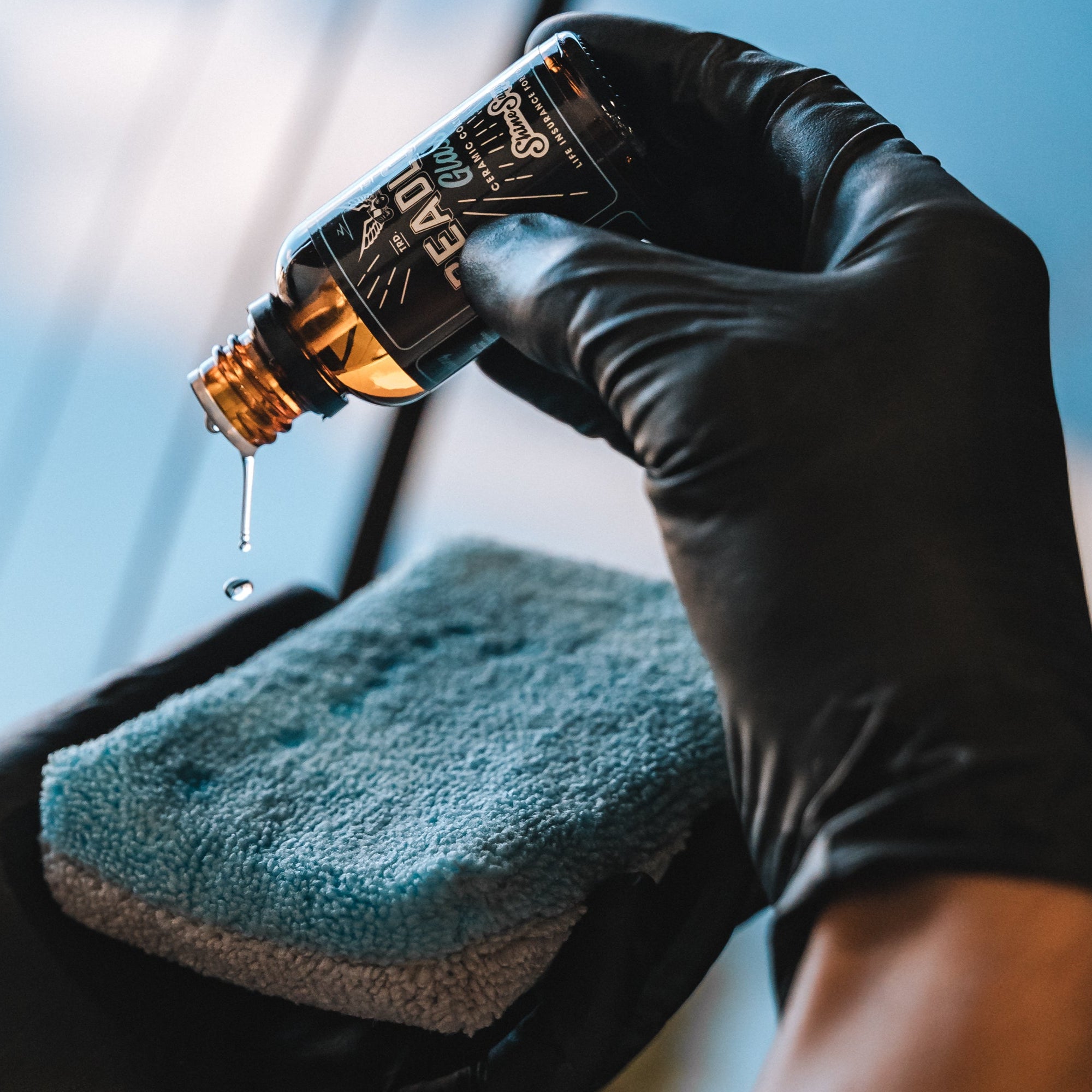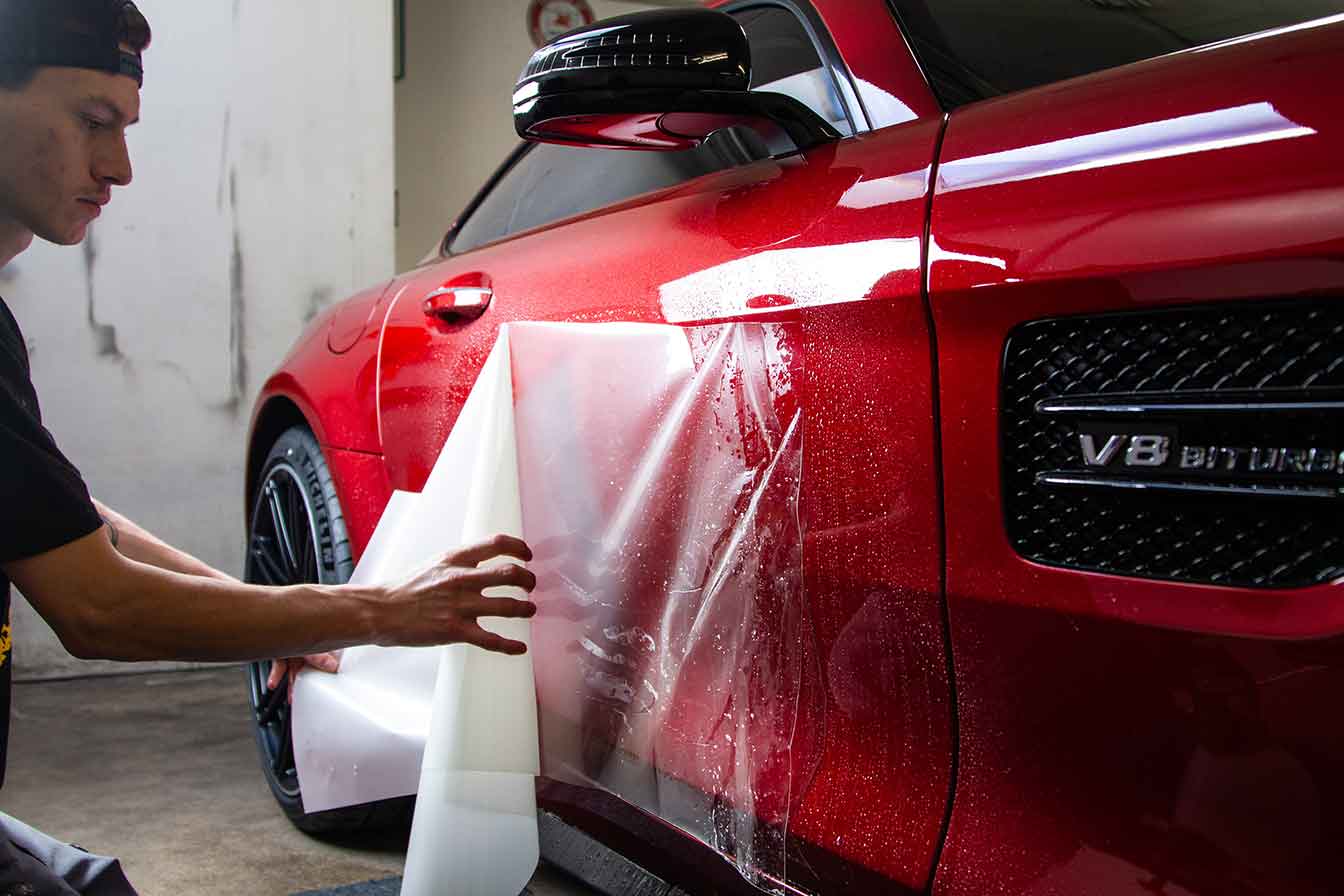Get professional paint protection film installation to prevent rock chips and scratches.
Get professional paint protection film installation to prevent rock chips and scratches.
Blog Article
A Comprehensive Overview to the Kinds Of Ceramic Covering on the Market
Ceramic coverings have actually arised as an essential solution across different markets due to their one-of-a-kind buildings and applications. As we explore the unique attributes and applications of these layers, the implications for performance and long life become significantly noticeable, elevating questions concerning which kind could best match your requirements.
Recognizing Ceramic Coatings
Ceramic coverings are advanced protective solutions that have gained popularity in various sectors, particularly in automobile and aerospace applications. These layers include a fluid polymer that, when treated, creates a sturdy, hydrophobic layer externally of the substrate. This layer gives improved resistance to ecological pollutants, UV radiation, and chemical direct exposure, consequently extending the life and aesthetic appeal of the underlying product.
The fundamental part of ceramic finishes is silica, which adds to their firmness and sturdiness. The application process generally involves surface area prep work, application of the finishing, and healing, which can be accomplished through warmth or UV light. As soon as cured, ceramic finishings display remarkable bonding buildings, enabling them to stick strongly to a range of surface areas, consisting of steels, plastics, and glass.
In enhancement to their safety functions, ceramic coverings additionally offer ease of upkeep. Their hydrophobic nature lowers the adherence of dirt and grime, making cleansing simpler and much less frequent. In general, the fostering of ceramic finishings stands for a significant innovation in surface defense technology, supplying both practical and visual benefits throughout multiple markets.
Kinds Of Ceramic Coatings
Various sorts of ceramic finishings are readily available, each developed to meet details efficiency demands and applications - scratch repair sarasota. One of the most typical types include:
Silica-based Coatings: These coverings mostly consist of silicon dioxide and are known for their durability and chemical resistance. They are extensively used in automotive and commercial applications.
Titanium Dioxide Coatings: Popular for their photocatalytic buildings, titanium dioxide coatings are typically used in environments where self-cleaning and antifungal residential properties are preferable, such as in building products and vehicle surfaces.
Zirconia Coatings: Identified by their high-temperature stability and thermal resistance, zirconia finishes are utilized in applications such as wind turbine engines and high-performance auto parts.
Alumina Coatings: Showing exceptional solidity and thermal stability, alumina coverings are regularly utilized in wear-resistant applications, including cutting tools and industrial equipment. - Paint Protection Film
Hybrid Coatings: Incorporating the properties of various materials, crossbreed coatings provide boosted efficiency characteristics, making them suitable for distinct and requiring applications.
Each sort of ceramic covering offers distinctive objectives, enabling individuals to pick one of the most proper solution based on specific environmental conditions and performance requirements.
Advantages of Ceramic Coatings
Ceramic coverings, in certain, deal various advantages that make them progressively prominent among producers and consumers alike. These finishings are immune to scrapes, chemicals, and UV rays, making sure that the underlying surface area continues to be protected over time.
Along with durability, ceramic layers offer outstanding hydrophobic homes, permitting simple cleansing and upkeep. This water-repellent nature lessens the adherence of dirt, crud, and other contaminants, which can lengthen the visual allure and performance of the surface. Moreover, ceramic coatings can dramatically enhance thermal resistance, making them suitable for applications that withstand high temperatures.

Application Process
When using ceramic coverings, a thorough approach is vital to accomplish optimum results. A clean surface area makes certain appropriate bond of the covering.
When the surface area is prepped, the next step is to use the ceramic finishing. This can be done utilizing an applicator pad or a microfiber fabric, guaranteeing also protection. It is essential to operate in tiny sections to preserve control and prevent premature treating. The covering needs to be applied in thin layers, as thicker applications can result in uneven finishes.
After application, the layer calls for a certain treating time, usually ranging from a few hours to a have a peek at these guys full day, depending on the item. Adhering to these steps vigilantly will optimize the efficiency and durability of the ceramic coating, giving a sturdy protective layer for the surface.
Maintenance and Long Life
To make sure the long life and efficiency of a ceramic covering, routine maintenance is necessary. Ceramic layers, understood for their sturdiness and safety qualities, call for specific care regimens to maximize their life-span and efficiency. The primary step in upkeep involves regular washing with pH-neutral soap, avoiding harsh chemicals that can deteriorate the covering. It is recommended to clean useful reference the vehicle consistently, preferably every 2 weeks, to avoid the build-up of contaminants that can compromise the layer's integrity.
Along with routine washing, routine evaluations are important. Look for signs of wear or damage, such as hydrophobic buildings lessening or surface flaws. If needed, a light polish might be used to rejuvenate the coating without stripping it away.
Additionally, the application of a booster spray can boost the coating's hydrophobic impacts and restore its gloss. This is especially beneficial for finishes that have actually remained in usage for an extended duration. Eventually, by adhering to these maintenance practices, one can substantially expand the life of a ceramic layer, guaranteeing that it continues to offer optimal protection versus ecological elements and preserve the visual charm of the vehicle.
Conclusion

Report this page